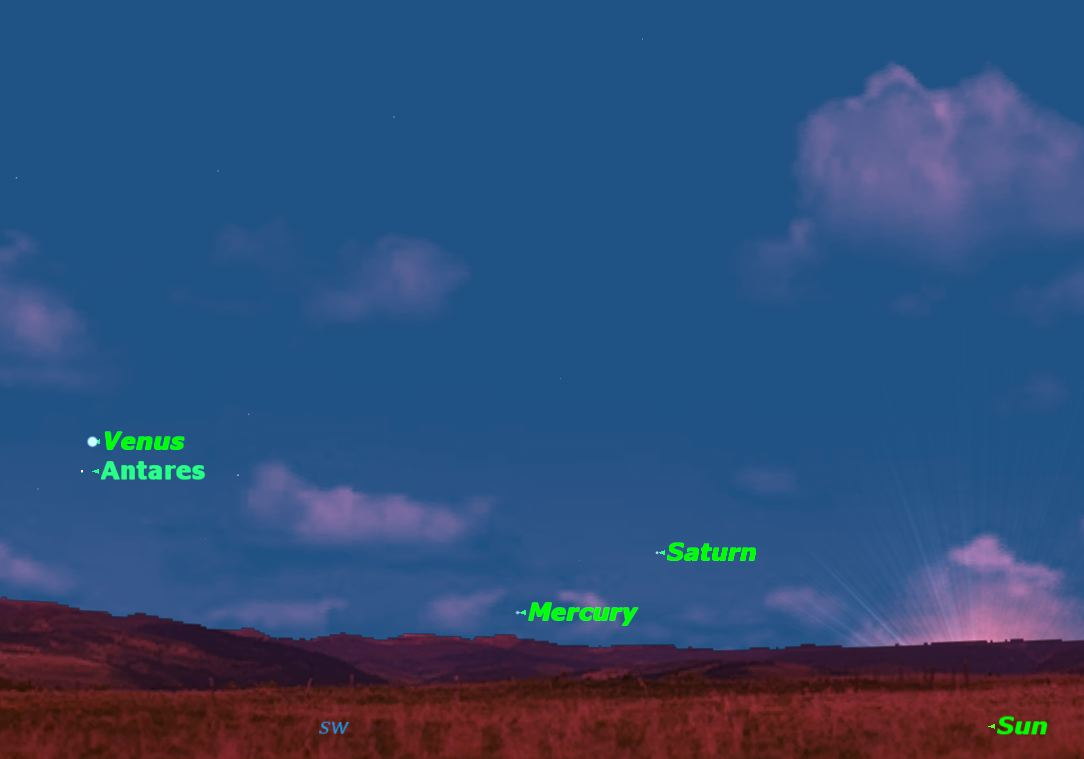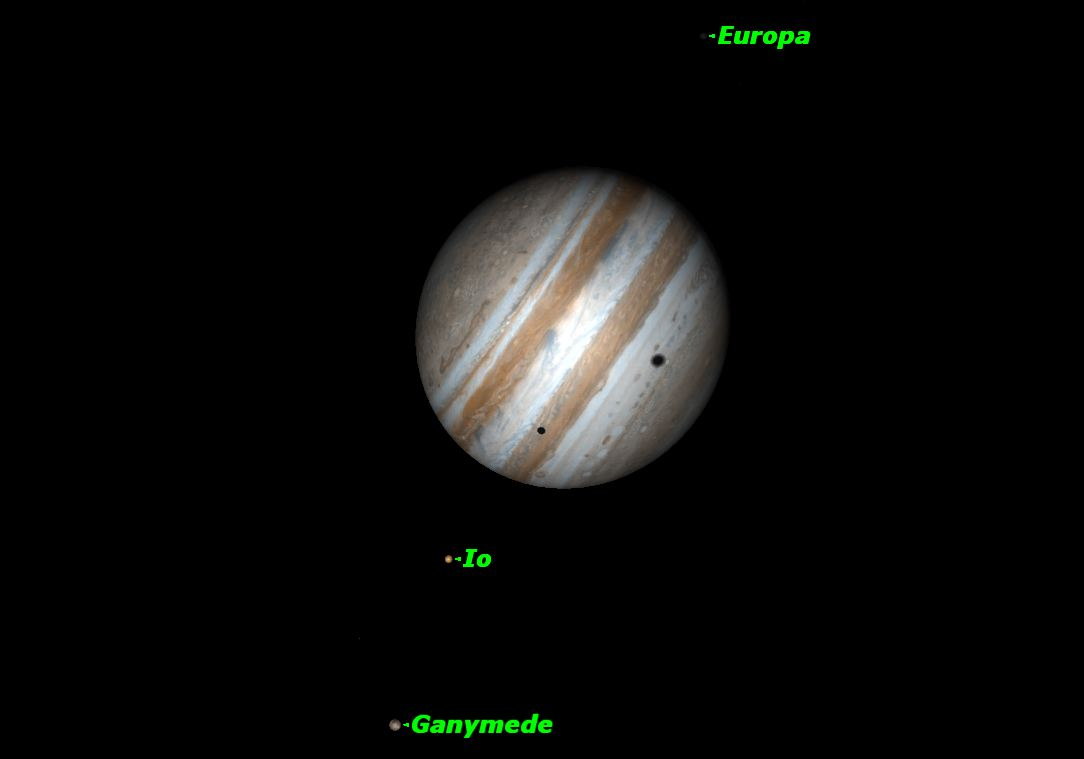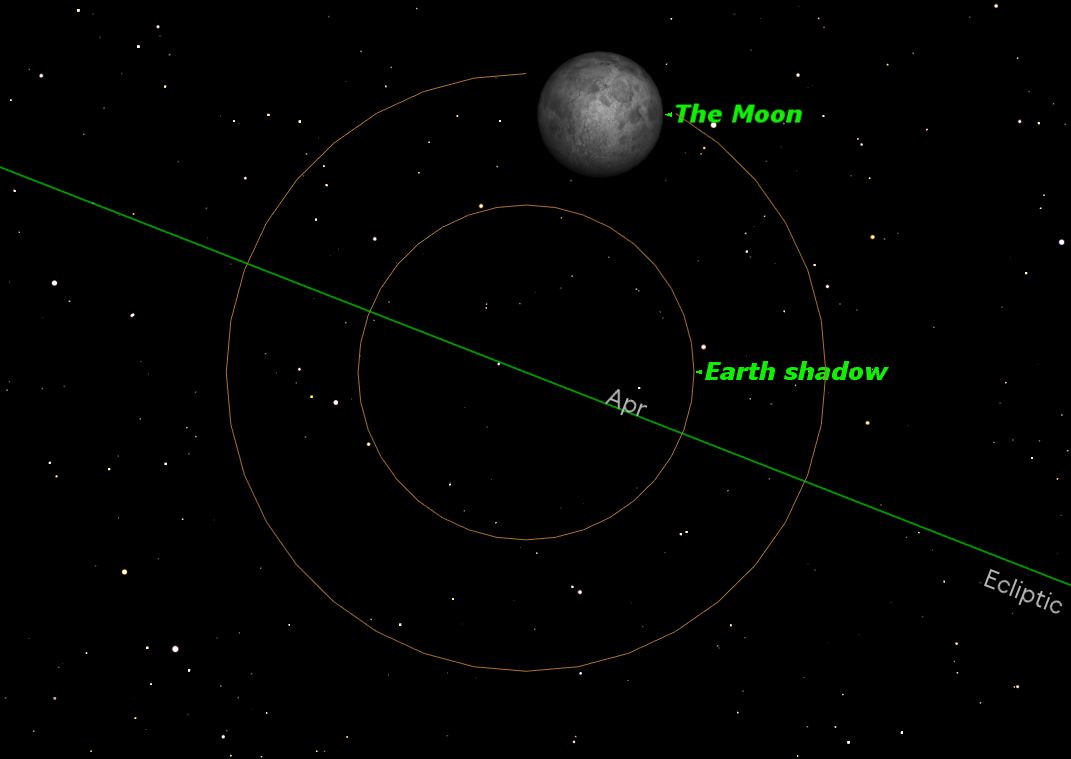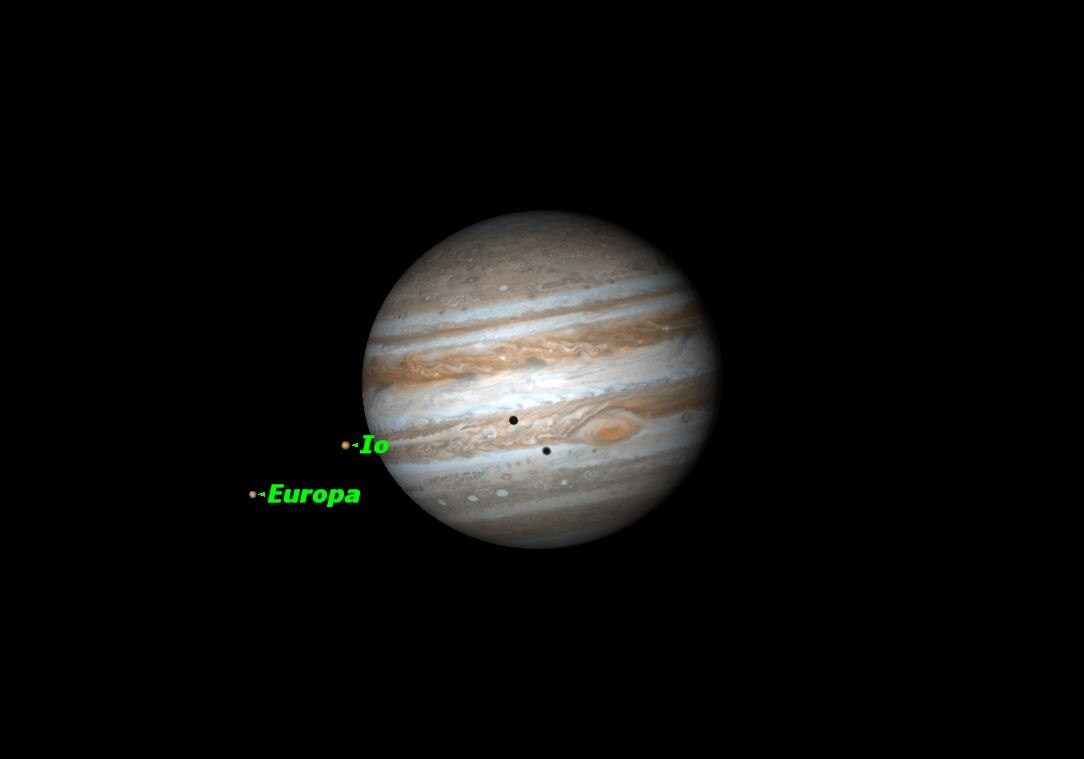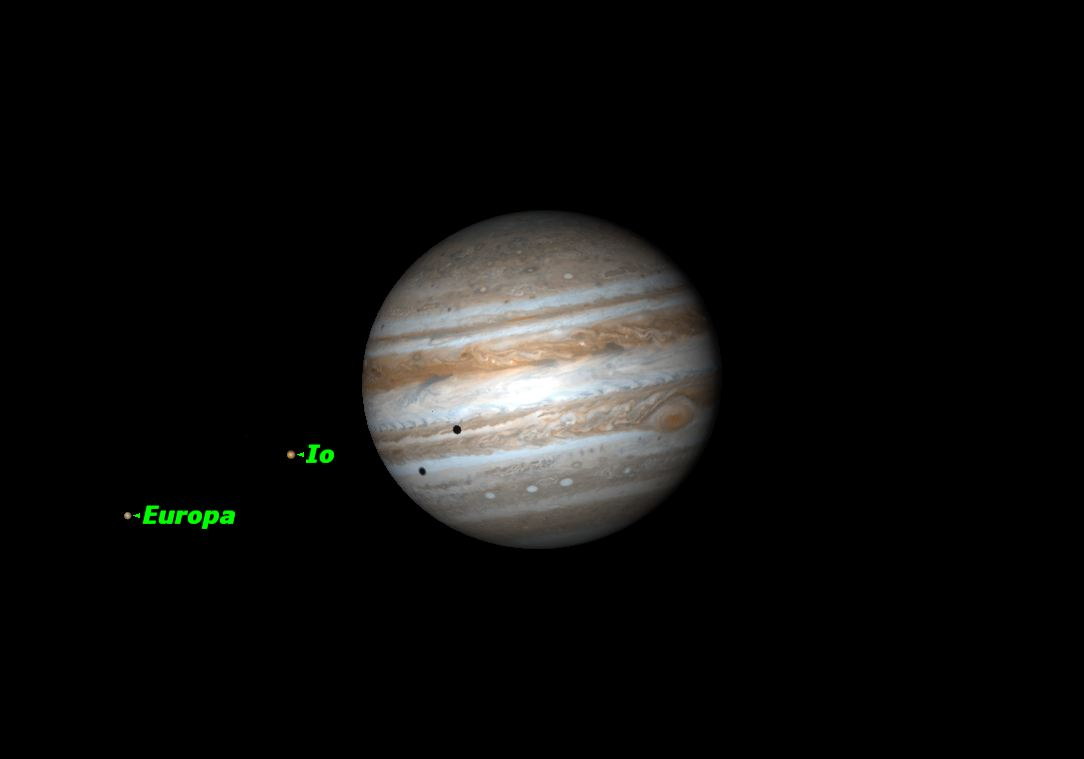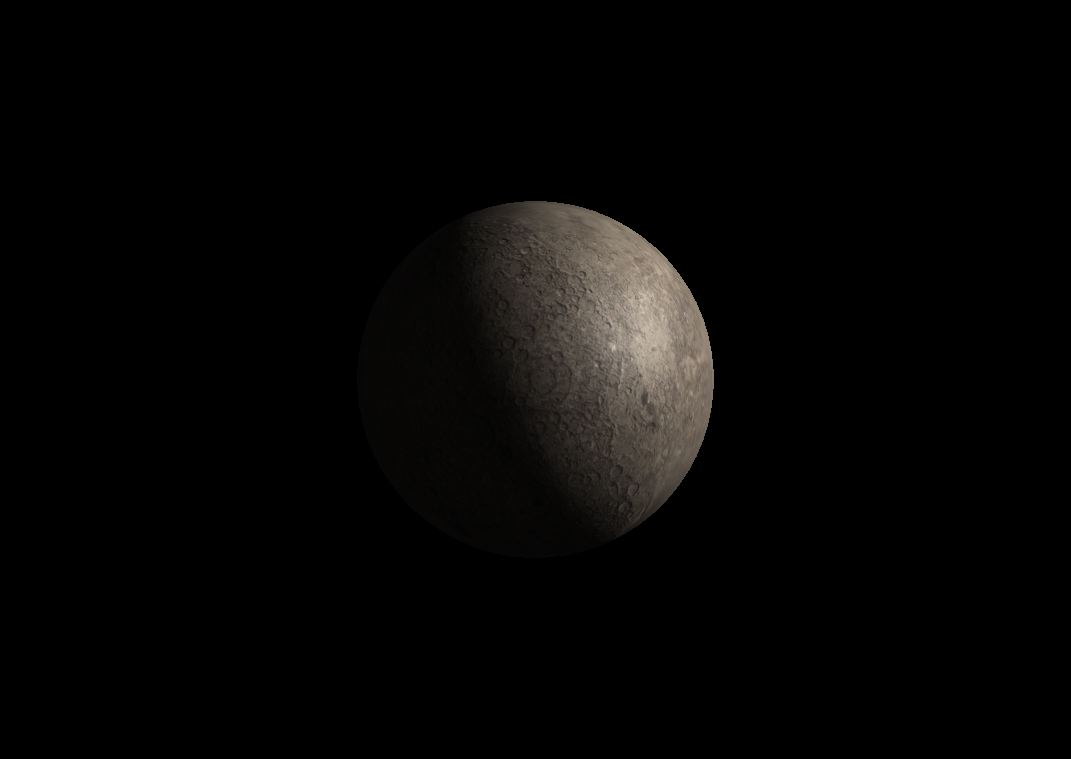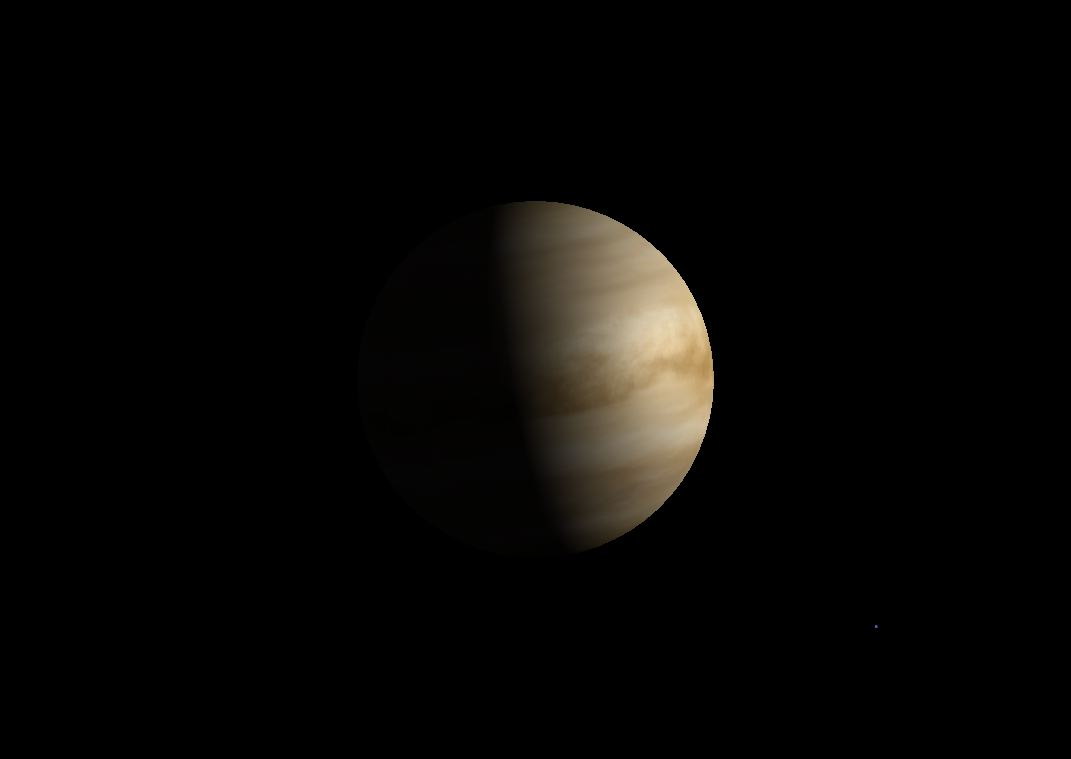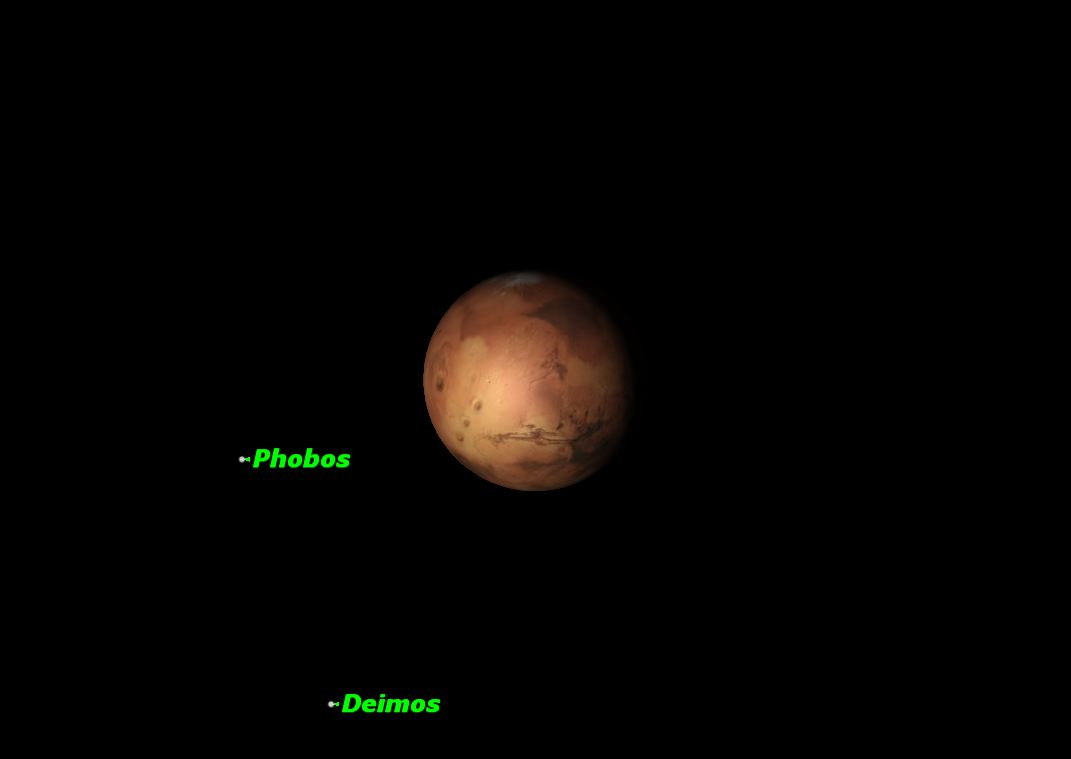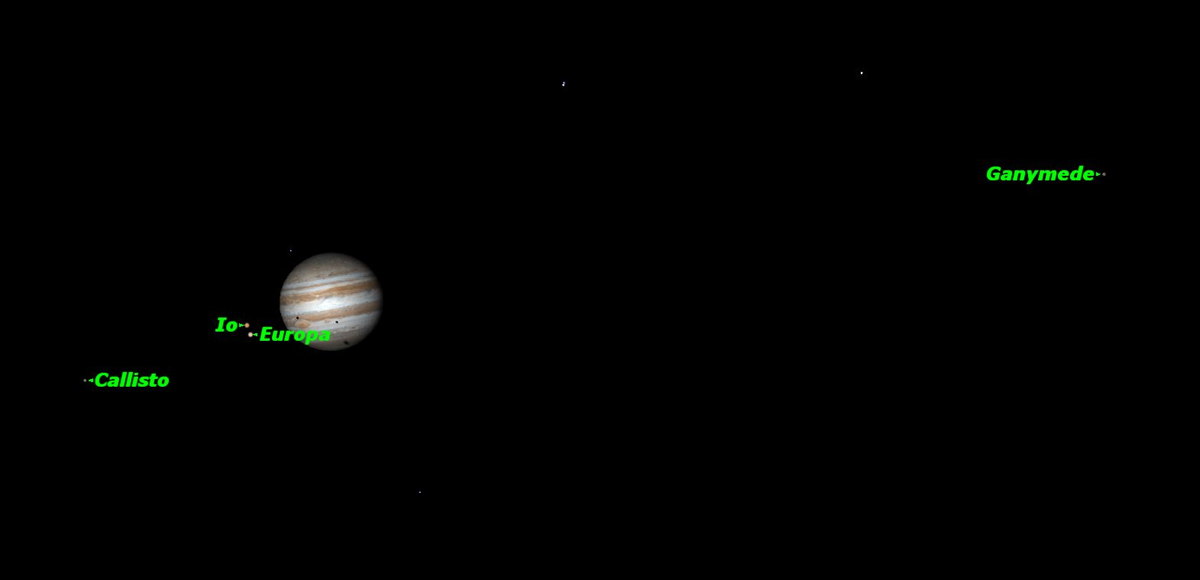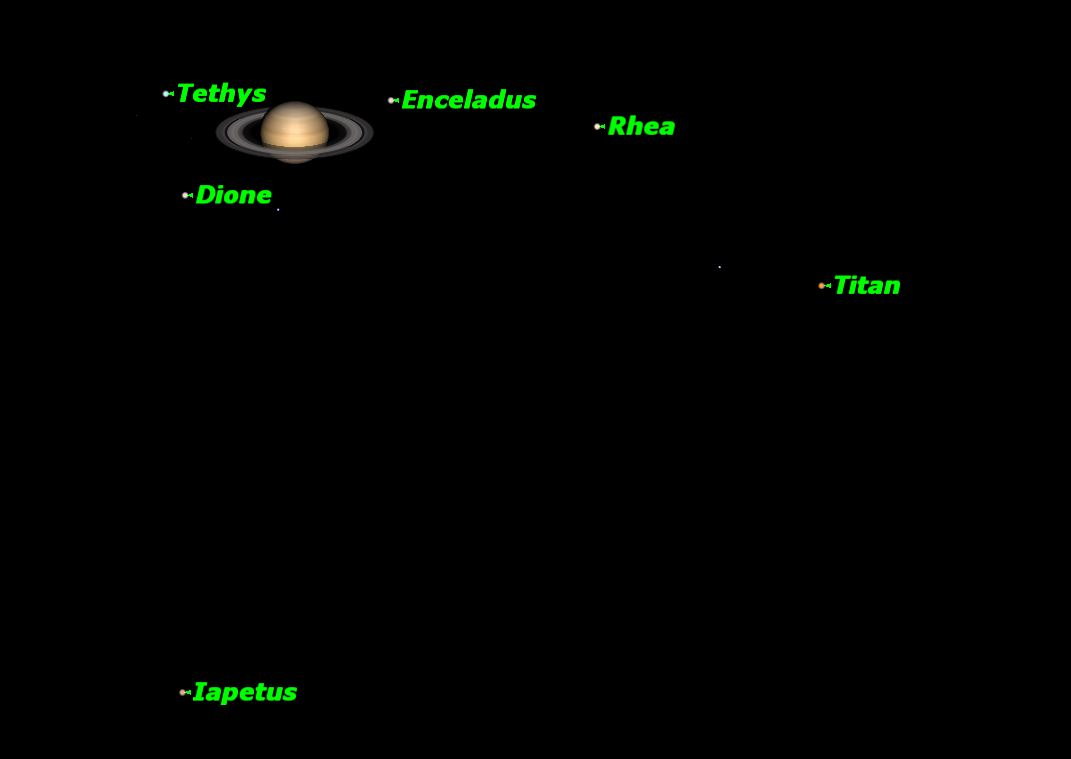Best Stargazing Events of October 2013 (Sky Map Gallery)
Venus and Antares, October 2013
Wednesday, Oct. 16, after sunset. Look just below Venus for the red giant star Antares. If you look carefully, you may also be able to spot Mercury and Saturn.
Double Shadow Transit on Jupiter, October 2013
Wednesday/Thursday, Oct. 16/17, 4:57–7:09 a.m. PDT. Observers on the West Coast will have the best chance of seeing this event, which mostly takes place after sunrise in the East.
Penumbral Lunar Eclipse, October 2013
Friday/Saturday, Oct. 18/19, 2:25–4:37 a.m. EDT. The Moon will pass through the edge (penumbra) of the Earth’s shadow just after moonrise on the East Coast of North America. This eclipse is very slight, so you will have to look closely so as not to miss it. Look for a shading on the lower half of the Full Moon. It will also be visible in Africa, Europe, and the Middle East.
Double Shadow Transit on Jupiter #2, October 2013
Friday/Saturday, Oct. 18/19, 2:25–4:37 a.m. EDT. Most of this event will be visible all across North America.
Double Shadow Transit on Jupiter #3, October 2013
Friday/Saturday, Oct. 25/26, 4:37–6:31 a.m. EDT. All of this event will be visible all across North America.
Mercury, October 2013
Mercury is well placed in the evening sky for observers in the southern hemisphere, but very low for northern observers.
Venus, October 2013
Venus is now a bright “evening star” setting just after the sun.
Breaking space news, the latest updates on rocket launches, skywatching events and more!
Mars, October 2013
Mars is now a bright object in Leo in the morning sky. Mars will have a close encounter with Comet ISON on Oct. 15.
Jupiter, October 2013
Jupiter is the brightest object in the morning sky all month. It is located in Gemini. There are several double shadow transits this month, plus a very rare triple shadow transit on Oct. 11/12.
Saturn, October 2013
Saturn vanishes into evening twilight this month.
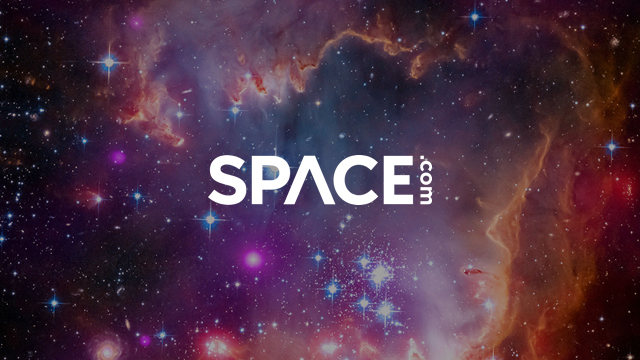
Space.com is the premier source of space exploration, innovation and astronomy news, chronicling (and celebrating) humanity's ongoing expansion across the final frontier. Originally founded in 1999, Space.com is, and always has been, the passion of writers and editors who are space fans and also trained journalists. Our current news team consists of Editor-in-Chief Tariq Malik; Editor Hanneke Weitering, Senior Space Writer Mike Wall; Senior Writer Meghan Bartels; Senior Writer Chelsea Gohd, Senior Writer Tereza Pultarova and Staff Writer Alexander Cox, focusing on e-commerce. Senior Producer Steve Spaleta oversees our space videos, with Diana Whitcroft as our Social Media Editor.
